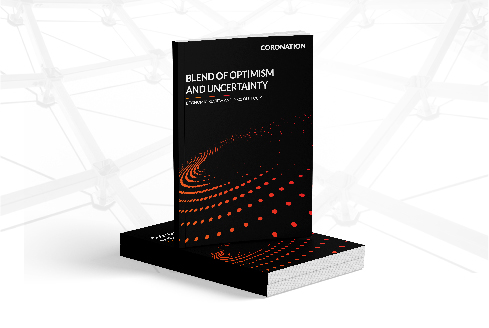eNaira- Yay or Nay? In a recent press statement, the Central Bank of Nigeria (CBN) stated its plans to launch its Central Bank Digital Currency (CBDC) pilot scheme called the eNaira on 1 October 2021 with Bitt Inc, a financial technology company that utilises blockchain and distributed ledger technology to facilitate secure peer-to-peer transactions, as …
More → Menu
- What We Do
- Investor Relations
- Research
- About
- Featured

Follow us on Social
Get the latest market insights from Coronation Bank on social media.
- Media
- Careers
- Contact




